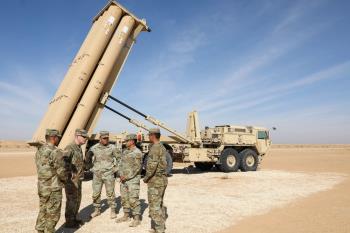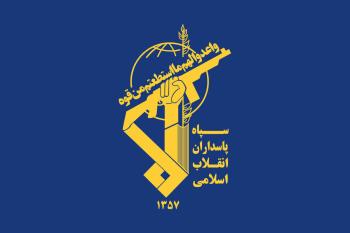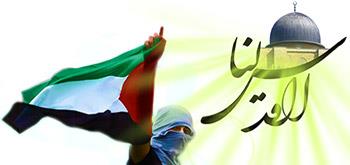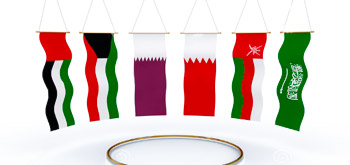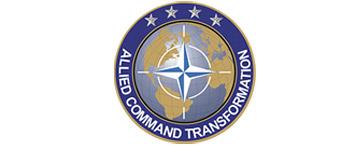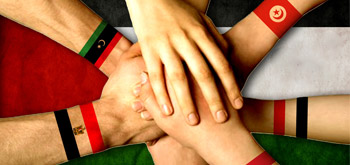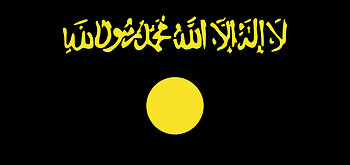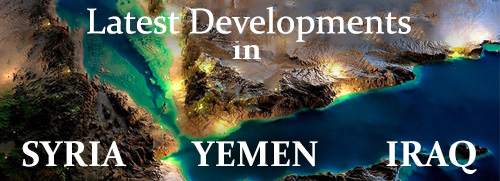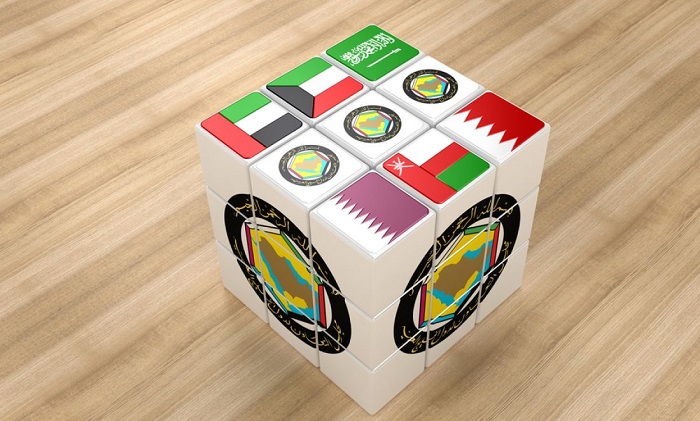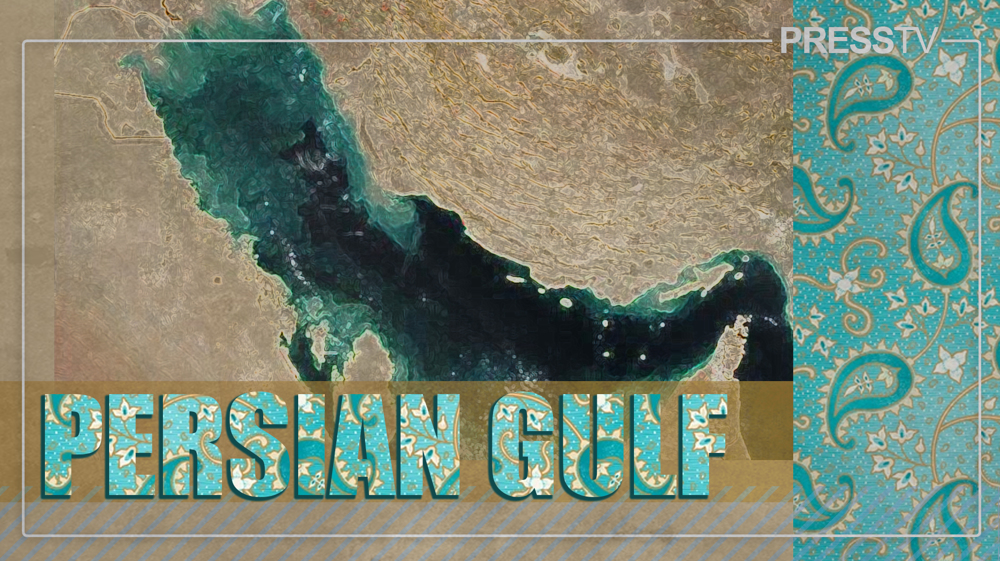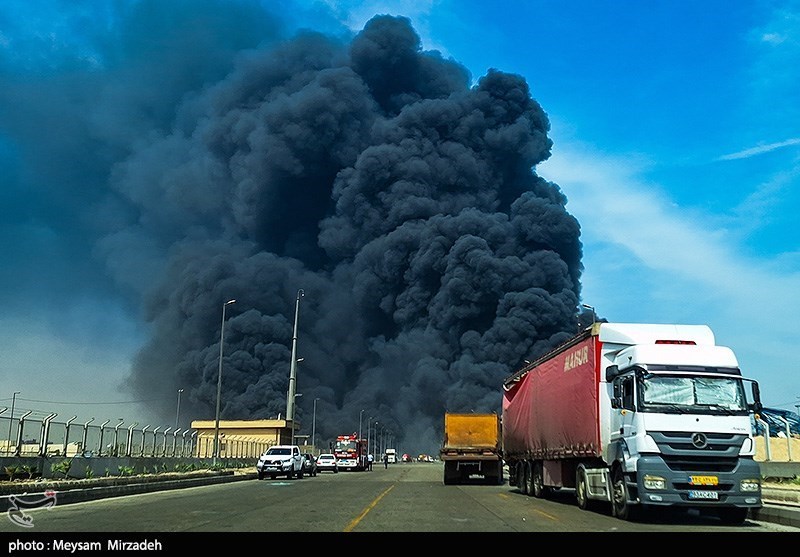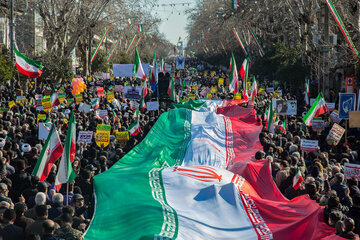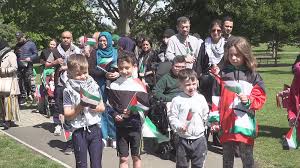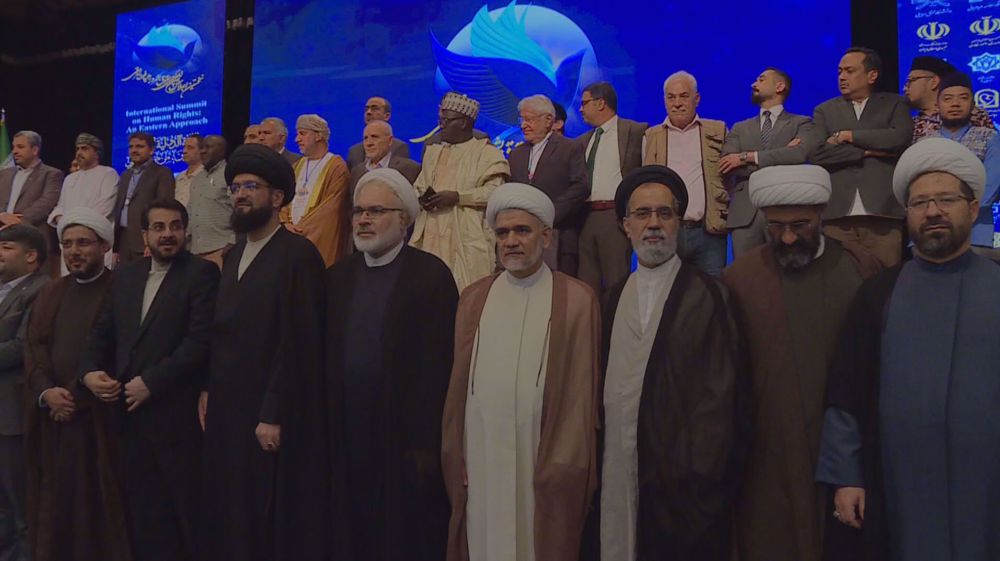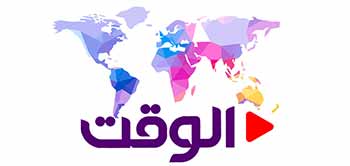Alwaght- The Persian Gulf Arab countries have many things in common. First, they feel highly threatened by regional powers such as Iran and Iraq. Their feeling of threats from the Islamic Republic even intensified after the Iranian Islamic Revolution of 1979. The Arab states of the southern coast of the Persian Gulf, particularly Saudi Arabia, developed concerns from the Islamic Revolution and its emphasis on exporting its ideology beyond the Iranian borders.
The leading view of Islam in Saudi Arabia is fully under influence of a Wahhabist interpretation of Islam that sees the Shiites as the key rivals to the kingdom. The rulers of Saudi Arabia argue that a revolutionary interpretation of Islam, specifically if it is based on Shiite teachings, could pave the way for moves against them at home, similar to what happened in Iran as the revolution was led by Muslim leaders against the secular Pahlavy regime.
On the other side, Iran's leaders consider Riyadh as a proxy– a pawn to be precise– of the United States. They argue that Wahhabism that holds a sway in the power structures of Saudi Arabia was founded by foreign– Western– missionaries, and it came to break the Muslim world in pieces and spur the Muslims to get involved in fighting each other. In the eyes of the Iranian officials, rise of terrorist groups like al-Qaeda and ISIS and others which have the financial and logistical backing of the kingdom is part of the plans drawn to fan divisions and wars among the Muslims, something working exactly in best interest of the Western countries.
Second, the Arab countries lack skilled and experienced military forces. Although they spend a lot on arms sales and the military spending accounts for a large part of the government expenses, their military forces suffer from a couple of major weak spots, including lack of military experience in the level of the commanders and other ranks of the military personnel. They also lack a nationalist spirit. These factors make the sometimes cutting-edge military equipment hardly working well in the time of critical need. Good evidence is failure of the Saudi-led Arab military coalition in its confrontation of the Yemeni revolutionary forces. We see that arms stockpiles and modern military equipment of the members of the coalition have failed to work efficiently in the battlefield.
The national army almost in any country is a symbol of the national strength. However, in a majority of the Arab countries the armed forces are a representation of the power of the ruling elites. Additionally, the non-native forces account for a majority of the military staff of the Arab countries. Military structures of a country cannot rely on non-native forces and be strong. This was very clear especially in the revolutionary developments of Bahrain. The Al Khalifa ruling family despite owning a “mercenary army” failed to face the waves of uprising and had to call for help of the Peninsula Shield Force, a joint Arab military force founded to protect its member states. Actually weak armies pushed the Arab countries to resort to forming a collective security alliance as part of the PGCC for self-defense.
The Persian Gulf Arab countries since the beginning tried to use other regional powers like Egypt and Syria to form coalitions and protect themselves. For example, in 1991 the Persian Gulf states along with Syria and Egypt issued Damascus Declaration to announce forming 6+2 coalition for collective defense. Furthermore, these countries signed bilateral and multilateral deals with global powers such as the US, Britain, and France in a bid to boost national security. These deals, in turn, sparked an arms race between Iran, Iraq, and Arab states of southern Persian Gulf coast. Such a race raised an atmosphere of mistrust in the region and also led to divisions even between closest neighbors like Qatar on the one hand and Saudi Arabia and the UAE on the other hand.
The Persian Gulf Arab sheikhdoms also suffer from border-related rifts. Their borders have never been transparently drawn. Their natural borders in many cases are not drawn using geopolitical positioning or ethnic separation. These territorial disputes make grounds for further expansionist ambitions of the Arab rulers.
In such a situation, the central and crucial element in environmental security in the Persian Gulf region is the security relations of the members of the security environment and their mutual security dependence on each other. In other words, any developments in security relations of two members of a collection could affect the security conditions of the third party. For example, any developments in Saudi-Iranian security ties will influence Saudi Arabian security ties to the UAE.
In fact, failure to assure a self-defense has pushed the Arab countries to seek involvement in different security alliances, though proved impractical in critical times. A collection of these factors have made the region special in its security environment. This specialty derives from distrust between the members. The distrust leads to heightened arms race. A reliance on military backing from the International powers has been vital to protect security in the Persian Gulf region. These reasons withhold from the Persian Gulf countries a stable security and so stir them to persistently feel insecure, an issue barring them from setting up a regional security organization with potentials to protect their interests.

